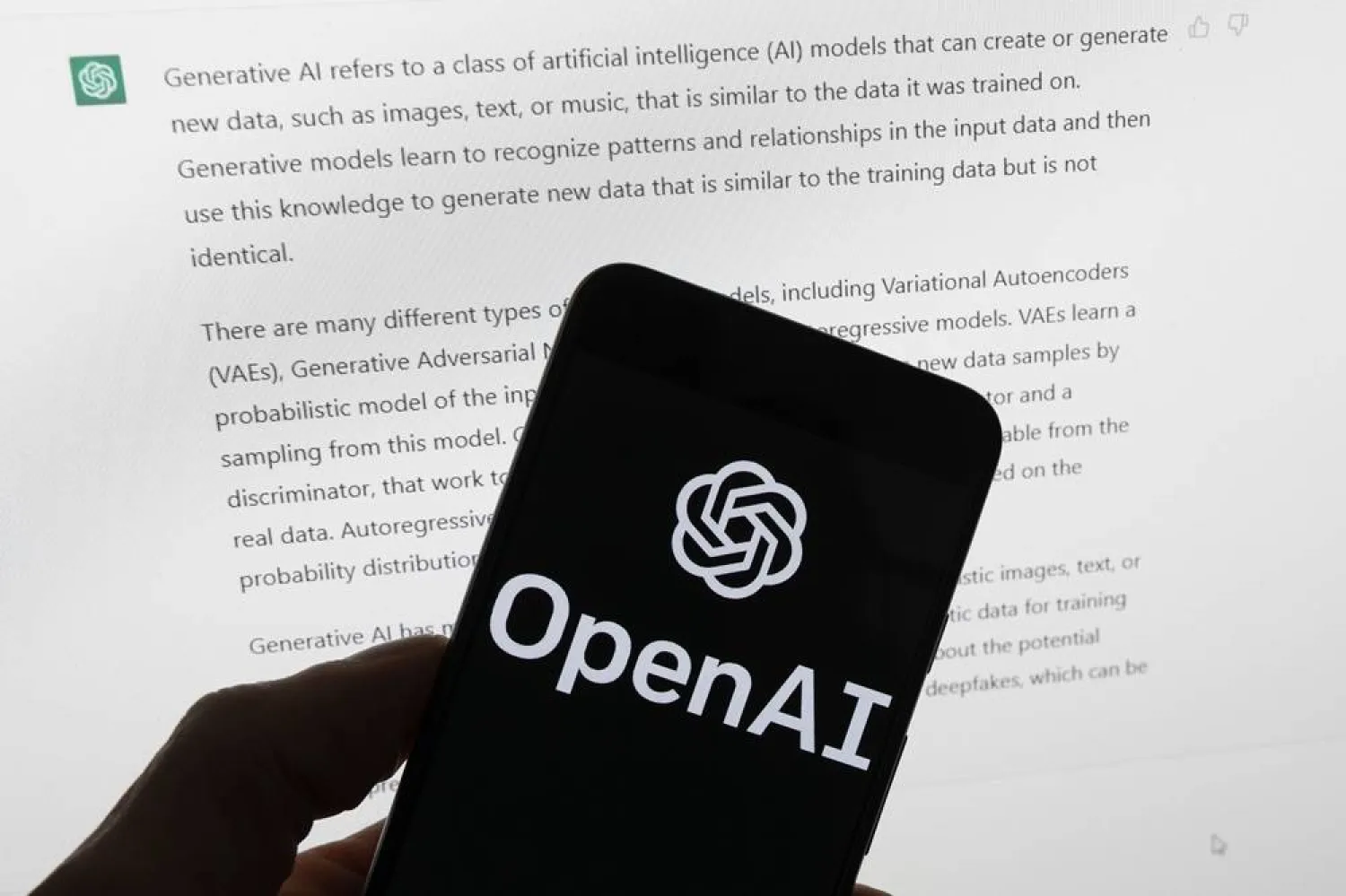Chinese tech giant Tencent Holdings said on Monday it will release its much-anticipated "Dungeon and Fighter" mobile game on May 21 after seven years of development.
Officially named "Dungeon and Fighter: Origin", the action game, developed by Korean firm Nexon, is a mobile adaptation of the "Dungeon and Fighter" computer game, one of the world's most profitable computer games.
Tencent's shares rose about 4.5% on Monday morning.
The game was already released in South Korea in 2022 and became an instant hit. But its China release was delayed after the government cracked down on the gaming industry between 2018 and 2022.
In a February note, investment bank Jefferies expected the game to "secure a top 5 spot in revenue rankings" in China and to potentially generate between $600 million to $1.1 billion in annualized revenues there over time. But the bank expects a "cautious approach to engagement and monetization" during its initial launch.
Last month, Tencent conducted a closed test with 300,000 players and had delivered strong results. In a note this month, HSBC wrote: "Testing for DnFm yielded solid performance in metrics like [daily active users], retention rate and user's paying propensity."







